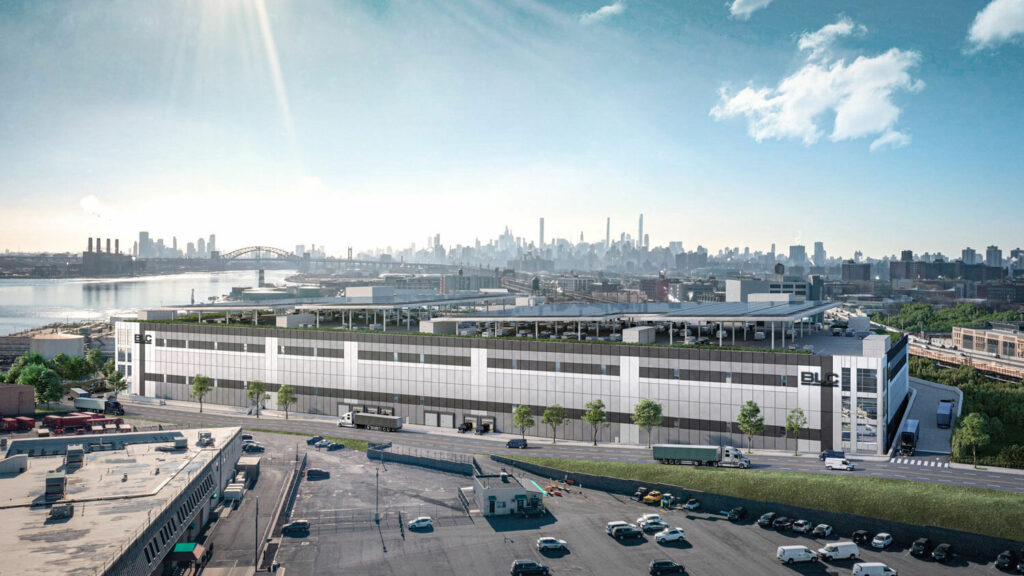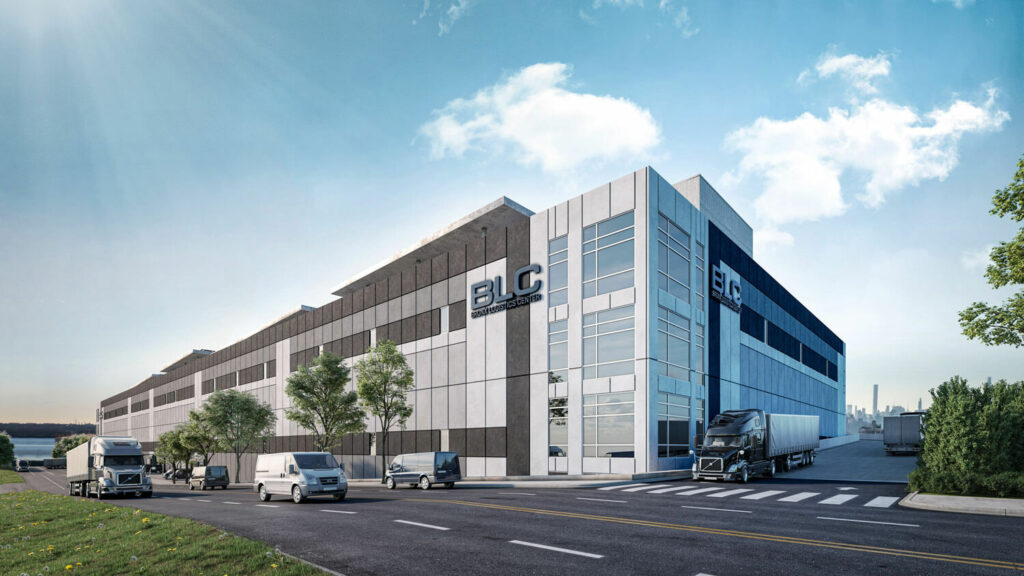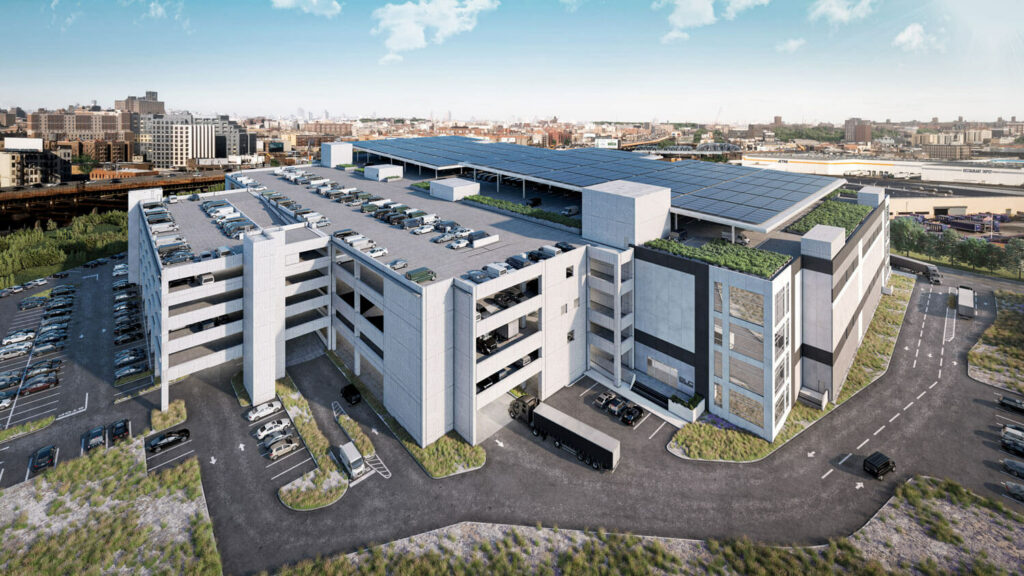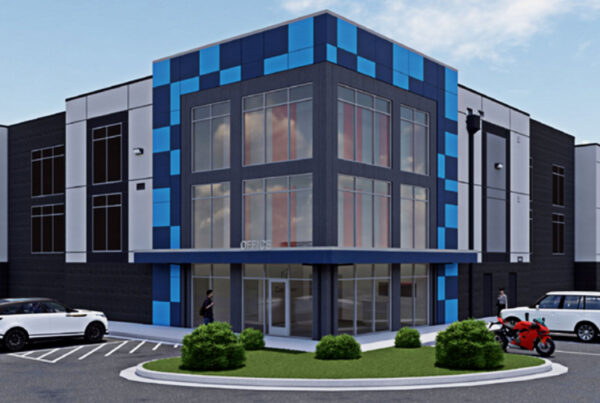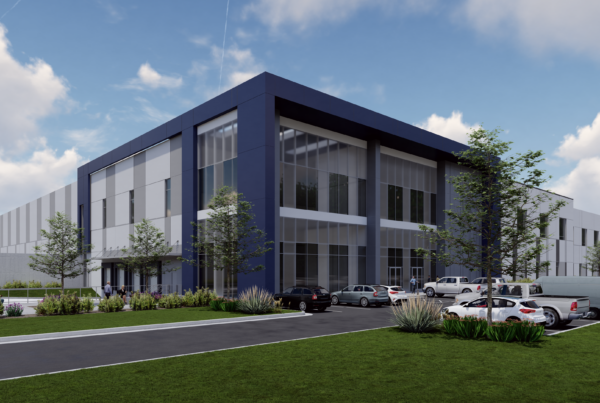The construction industry continues to trend toward sustainability. Many buyers or tenants require sustainable building construction to consider it a top-tier building. People know sustainable buildings use innovative methods and materials. As such, building sustainable facilities has become synonymous with building high-quality structures. Achieving LEED certification is the simplest way to guarantee a sustainable, high-quality build or renovation.
The U.S. Green Building Council (USGBC.org) developed the system for accrediting builders and architects as well as certifying buildings that show Leadership in Energy and Environmental Design (LEED). The rating system gives a building’s sustainability and efficiency a numerical value based on several criteria. LEED-accredited designers, architects, and builders can create structures more likely to receive LEED building certification.
Let’s go over some of the benefits of LEED design and how you can take advantage of those benefits with a LEED-accredited builder.
Benefits of LEED Certification / Sustainable Building Design
Using sustainable construction methods and getting LEED certification for buildings brings a lot of good things to everyone associated with the project. Give your building the best LEED scores by working with a professional design and build team like ARCO Design/Build.
Financial Savings
LEED-certified buildings have lower comparative operating costs because they’re required to be more energy efficient.
Reduced Environmental Impact
LEED certification involves using sustainable materials to reduce costs and toxins. Sometimes people refer to sustainable building as green construction. While both sustainable building and green construction use sustainable materials, green construction can also include integrating the environment as part of the structure.
Enhanced Building Performance
Building green, environmentally friendly buildings pays off. The safe, sustainable materials used in LEED-certified buildings make them highly desirable to buyers and tenants. That means you can charge higher prices or rent on LEED buildings.
LEED Certification Requirements
Now that you know what LEED certification is, let’s go over what it takes to get it.
The first thing you need to know is that there are levels of LEED certification. Each building will receive a LEED rating score. That score will determine the building’s LEED certification level.
LEED Certification Levels
- 40-49 points = LEED Certified
- 50-59 points = LEED Silver
- 60-79 points = LEED Gold
- 80 points or more = LEED Platinum
Many aspects go into a building’s LEED score, including its performance in the following categories.
- Energy Efficiency
- Water Efficiency
- Materials and Resources
- Indoor Environmental Quality
- Innovation and Design Process
Getting your building certified requires an appraisal from the USGBC. First, you’ll need to choose which rating system applies to your project.
USGBC LEED Rating Systems
Each USGBC LEED rating system will have its own minimum requirements along with the overall score.
- Building Design and Construction (BD+C)
- Building Operations and Maintenance (O+M)
- Cities and Communities
- Homes
- Interior Design and Construction (ID+C)
- LEED Recertification
- LEED Zero
- Neighborhood Development (ND)
Check the Minimum Program Requirements (MPRs). The MPRs must be met to continue pursuing LEED certification.
Along with the MPRs for each specialty, all LEED projects must meet the following requirements:
- LEED projects must be permanent structures.
- LEED projects and associated work must be wholly contained on land with uninterrupted boundaries. The scope and boundaries of LEED projects must be clearly communicated in all certifying documentation.
- LEED projects must meet the size requirements of the LEED system for which your building seeks certification.
- LEED BD+C and LEED O+M rating system projects must have a gross floor area of at least 1,000 square feet.
- LEED ID+C rating system projects must have a gross floor area of at least 250 square feet.
- LEED for Neighborhood Development rating system projects must be 1500 acres or less and have at least two residential buildings.
- LEED for Homes rating system projects must be coded as a “dwelling unit,” which means it includes “permanent provisions for living, sleeping, eating, cooking, and sanitation.”
- LEED for Cities and Communities and LEED Plan and Design rating systems may be exempt from this MPR.
LEED certification applications have fees and rigid deadlines. Check the details associated with the specific system for which you’re applying.
A building’s location will also play a role in its LEED score. Using a LEED-accredited builder for design and construction will also boost a building’s LEED score.
LEED Accreditation for Builders
Design and construction experts can earn LEED accreditations in several specialties, including architecture, construction, and planning. To receive LEED accreditation, you must register with USGBC and take an exam to prove your knowledge of sustainable construction. They have exams for each discipline.
Design Strategies for Sustainable Buildings
You can significantly help your building’s LEED score by implementing the following design strategies during construction or remodeling.
Advanced Framing Techniques
Using advanced framing techniques can create a stable structure while reducing the number of trees used for lumber.
Thermal Envelope Design
Thermal envelope design creates a barrier against temperature transfer and thus reduces heating and cooling costs.
Daylighting Strategies
Using natural light through daylighting strategies saves on energy consumption from electric lighting.
Renewable Energy Applications
Using renewable energy sources, like solar and wind, can reduce the consumption of power created by burning fossil fuels.
Implementing these and other sustainability strategies can improve your chances of receiving LEED Certification.
Challenges of LEED Certification
While LEED certification has a lot of benefits, it doesn’t necessarily come without a downside. The biggest challenges for getting LEED certified are the upfront, out-of-pocket costs of preparing for the tests and maintaining all the paperwork needed to apply for certification. While the benefits pay off in the end, the simpler option is hiring a builder with LEED certification.
Work with a LEED-Accredited Builder
LEED certification and sustainable building construction require specific criteria depending on your building type. LEED-certified buildings draw more interest and can generate higher profits than non-LEED-certified buildings. Ensure you get the most value out of your building or renovation project by working with a LEED-accredited design-build contractor.
ARCO Design/Build has LEED-accredited designers and builders on staff. We can help your building get the highest LEED score possible. You’ll even get a few just from working with us. Contact ARCO DB about your LEED-certified project today.
